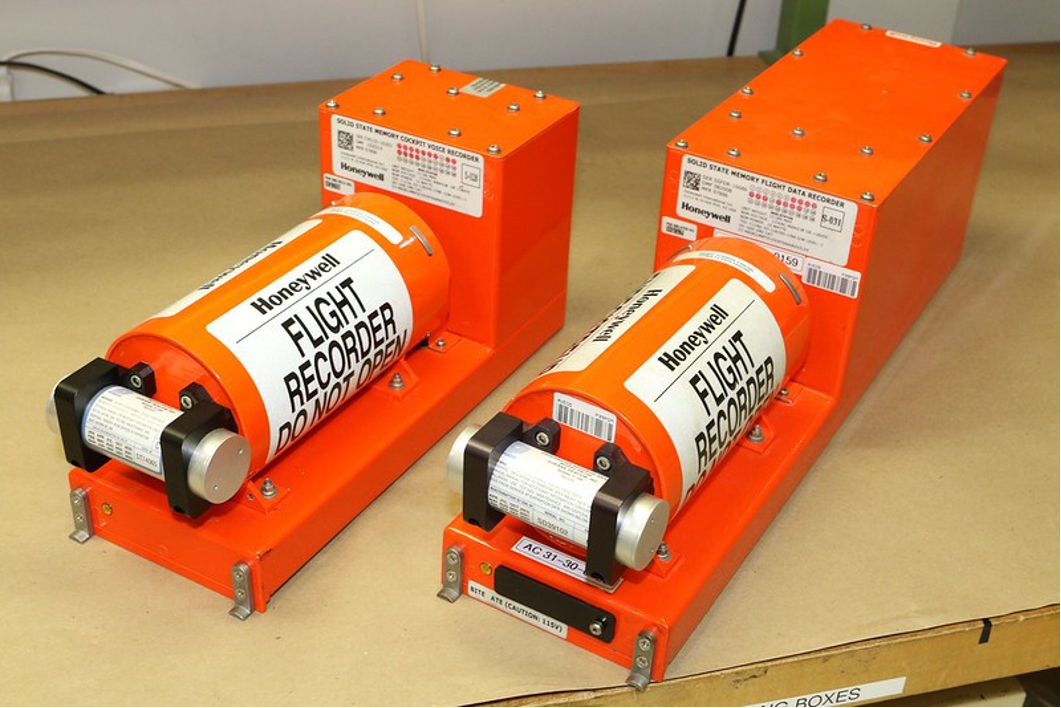Today there are many resources for accident investigations, many people already know their name every time there is a plane crash, because black boxes are vital for the reconstruction of aviation accidents, because they are made to resist impacts or accidents.
Contents
History of the creation
Since aircraft flights began many people have tried to record flight data, it was the engineer François Hussenot for the year 1936 who with his skills created a box with photographic film, in which only certain data was recorded, it is believed that this was painted black to prevent light affecting the recordings. But for the year 1953, the scientist David Warren when investigating the accidents of the Havilland Comet created what we call today black boxes, the first ones used some steel tapes with which the data was recorded, this box recorded up to 4 hours of flight and could be turned on and off.
Color of the black boxes
Many people believe that because they are called black box, these recorders are black, but they are very far from reality, many hypotheses have been created for why they are called that way since the first data recording instruments were black, it is also said that they are called that way because after an accident these can be part of that color. But these boxes are painted orange because that color makes them easier to recognize after the accident.
Use required
Due to the excellent results with the recordings of the black boxes in different accidents, Australia obliges for the year 1967 that all commercial airplanes that will fly in the country have a flight data recorder, an action that caused that other countries adopted the same norm, this because also the insurance companies wanted to know what happened to the airplanes, as well as the countries in order to achieve safer airplanes.
Location of the black boxes in the aircraft
Today the black boxes are placed in the back of the plane, this is because it has been scientifically proven that this is the place that receives less impact making the black boxes suffer less and not lose the recorded data. Thanks to technological advances, these data loggers also have a beacon which allows them to be located more easily after the accident, and more so if the accident occurred in the water.
Resistance of black boxes
Today technology has advanced so much that black boxes are made of titanium and steel, making them almost indestructible, allowing them to withstand up to 1,100 degrees Celsius for 30 minutes, as well as impacts against the ground. They are waterproof which helps prevent data loss if they come into contact with water.
These black boxes are also called flight data recorders, and there are always two for each aircraft, because one records the voices, called Cockpit voice recorder (CVR) and the other records the flight information called flight data recorder (FDR), today these are digital and can record much more information of the parameters of the plane giving much more information on why the aircraft has crashed or accident.
What do you think about this topic? Did you know how black boxes were on airplanes?
If you have any doubt or question you can contact us or write your query in the comments section below.
Image of Transportation Safety Board of Canada via Flickr.com under Creative Commons license.
